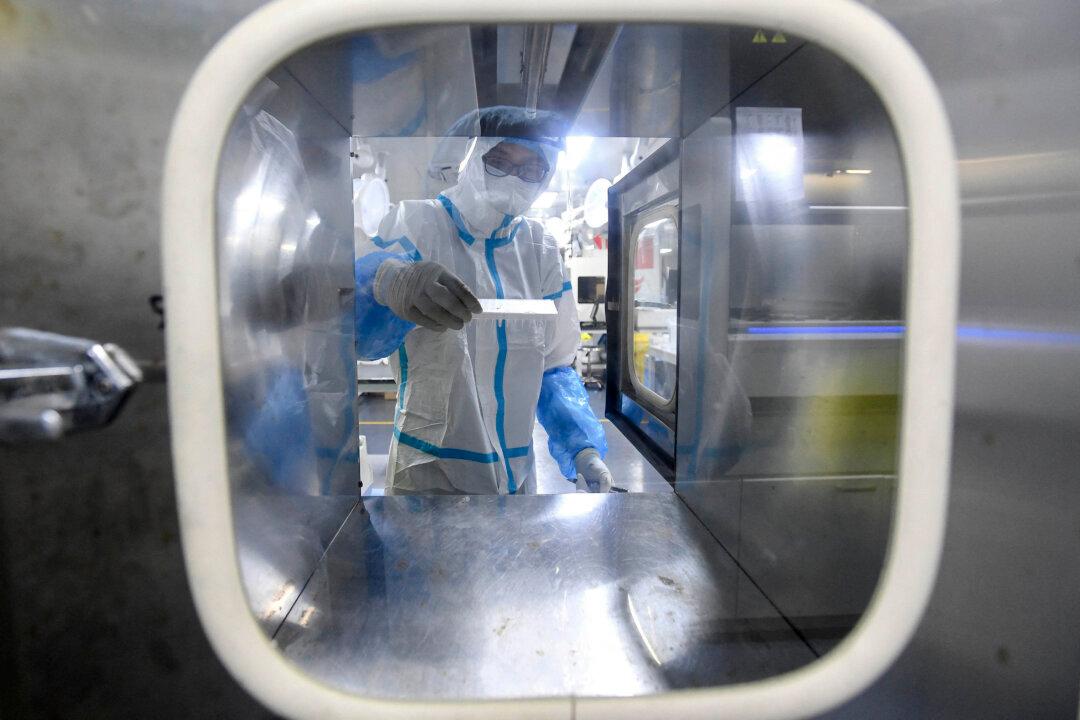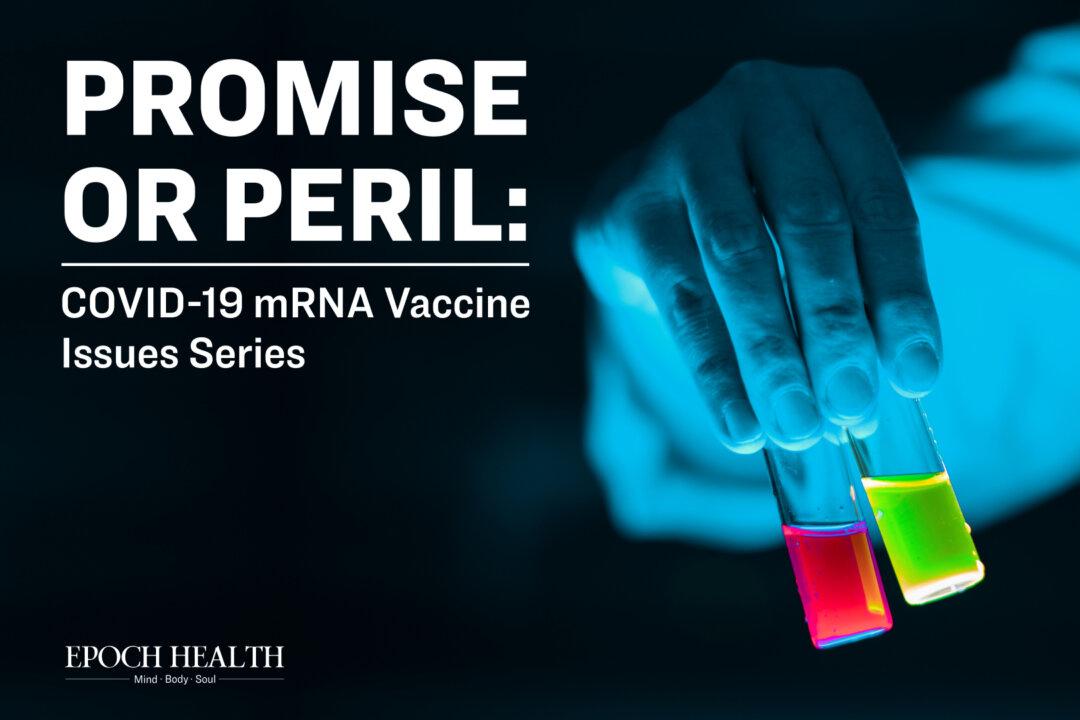As we know, there are three major categories of medicines according to their sources, including natural medicines, chemically synthesized drugs, and biological therapeutics.
Among them, biological therapeutics (aka. biologics) are drugs developed and manufactured through biotechnology, such genetic engineering, cell engineering, and protein engineering. Two major categories of biopharmaceuticals have been small molecule- and protein/antibody-based biologics.






